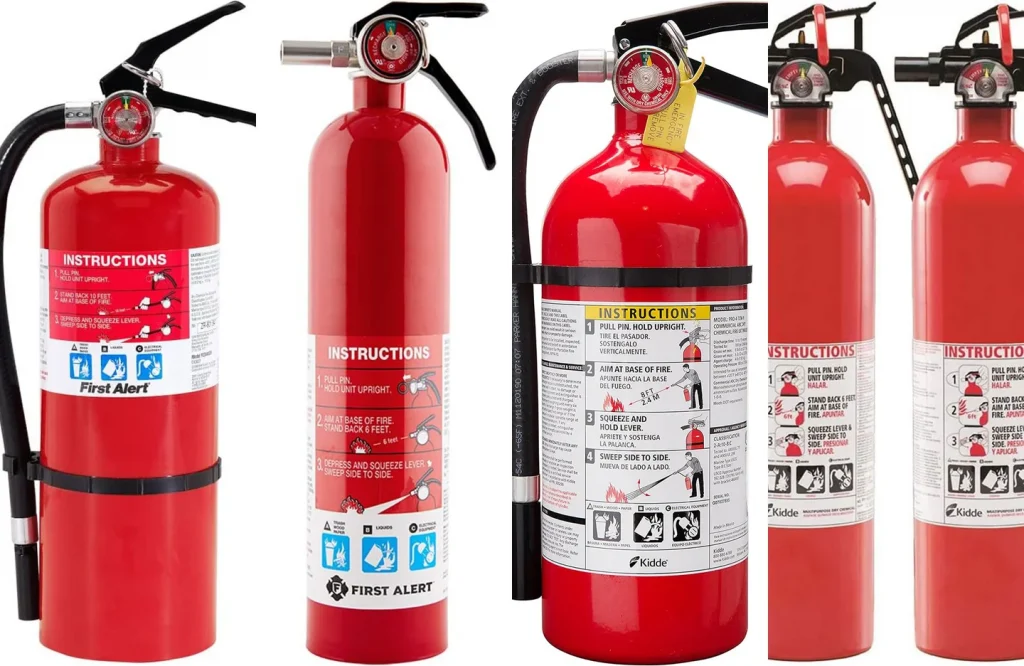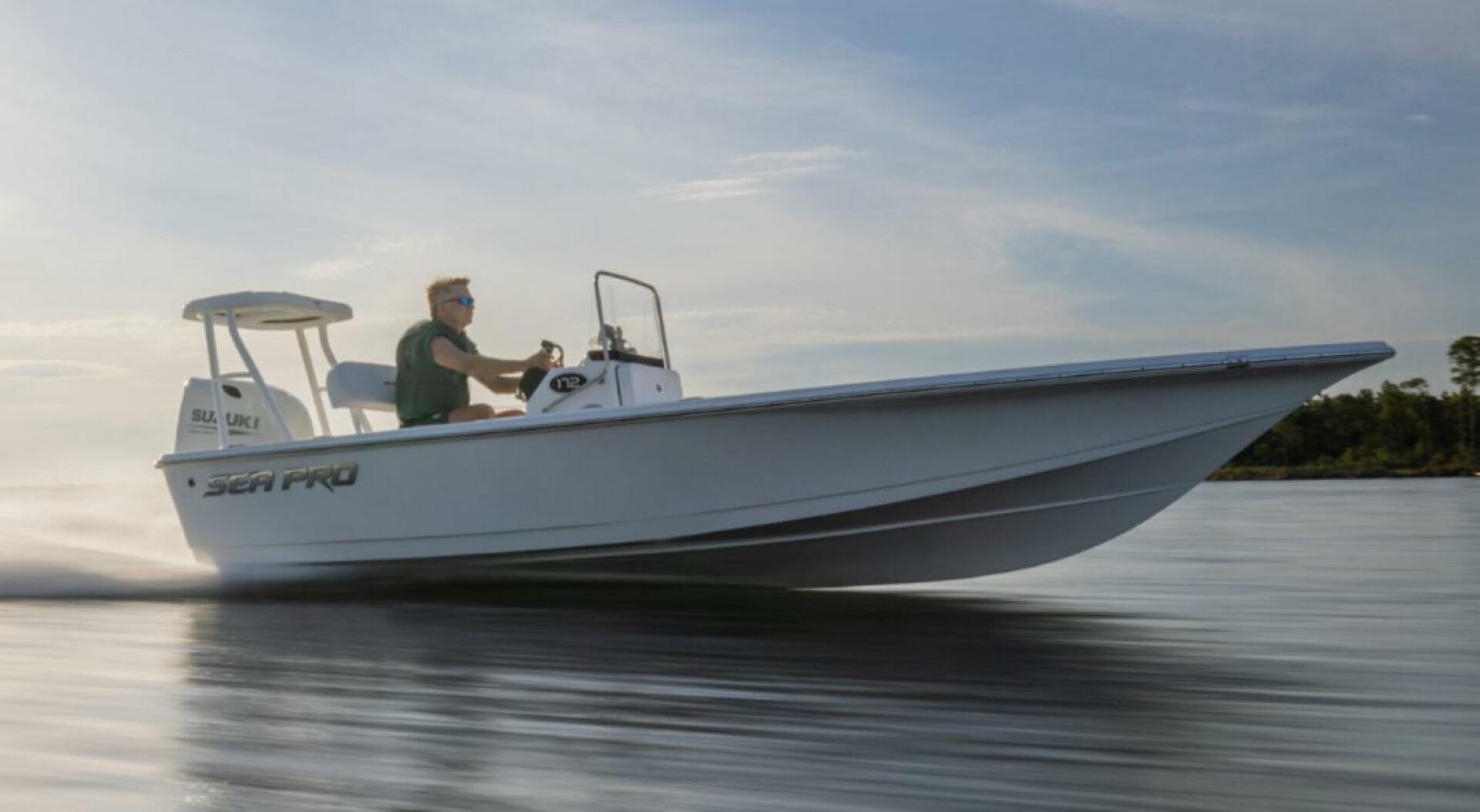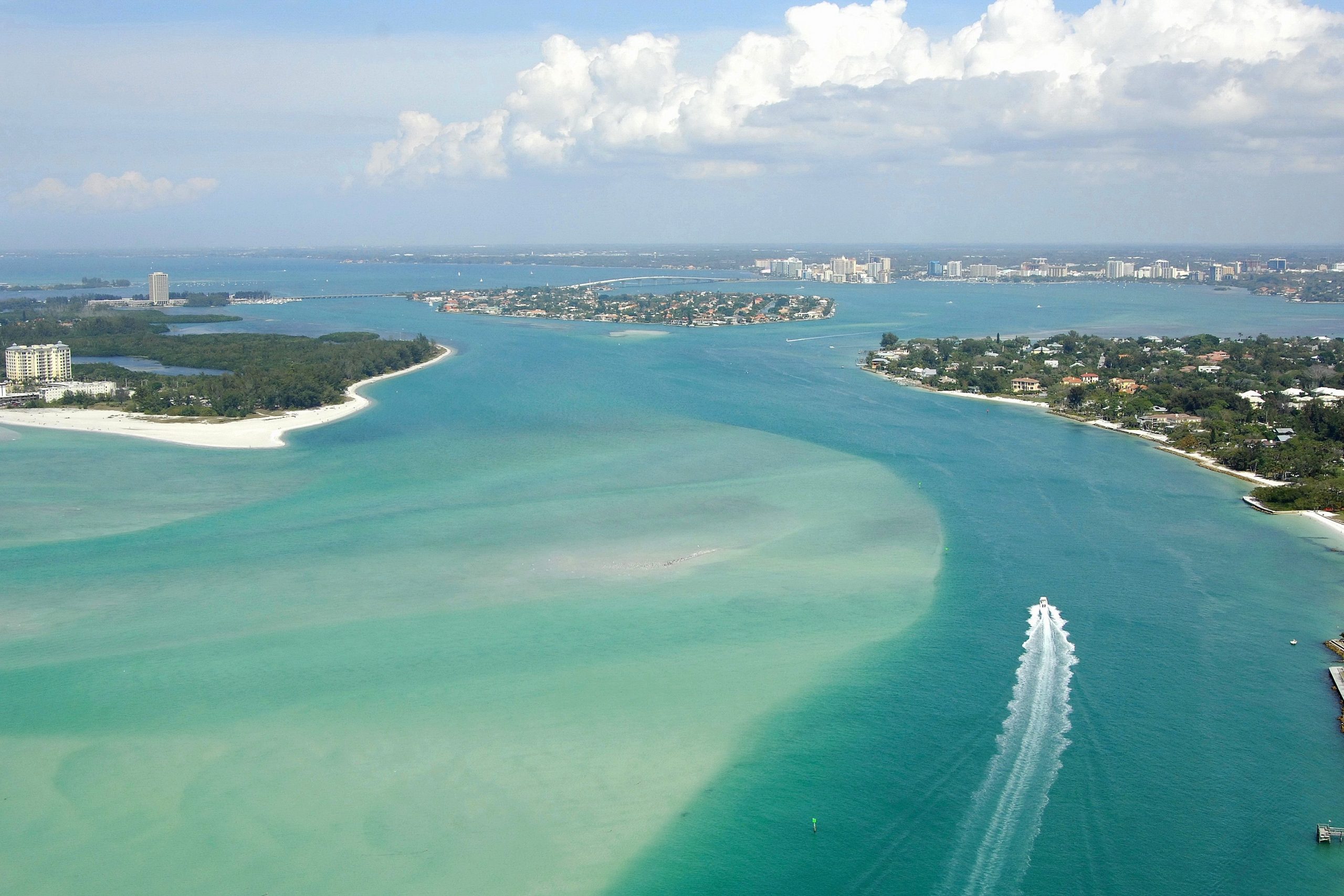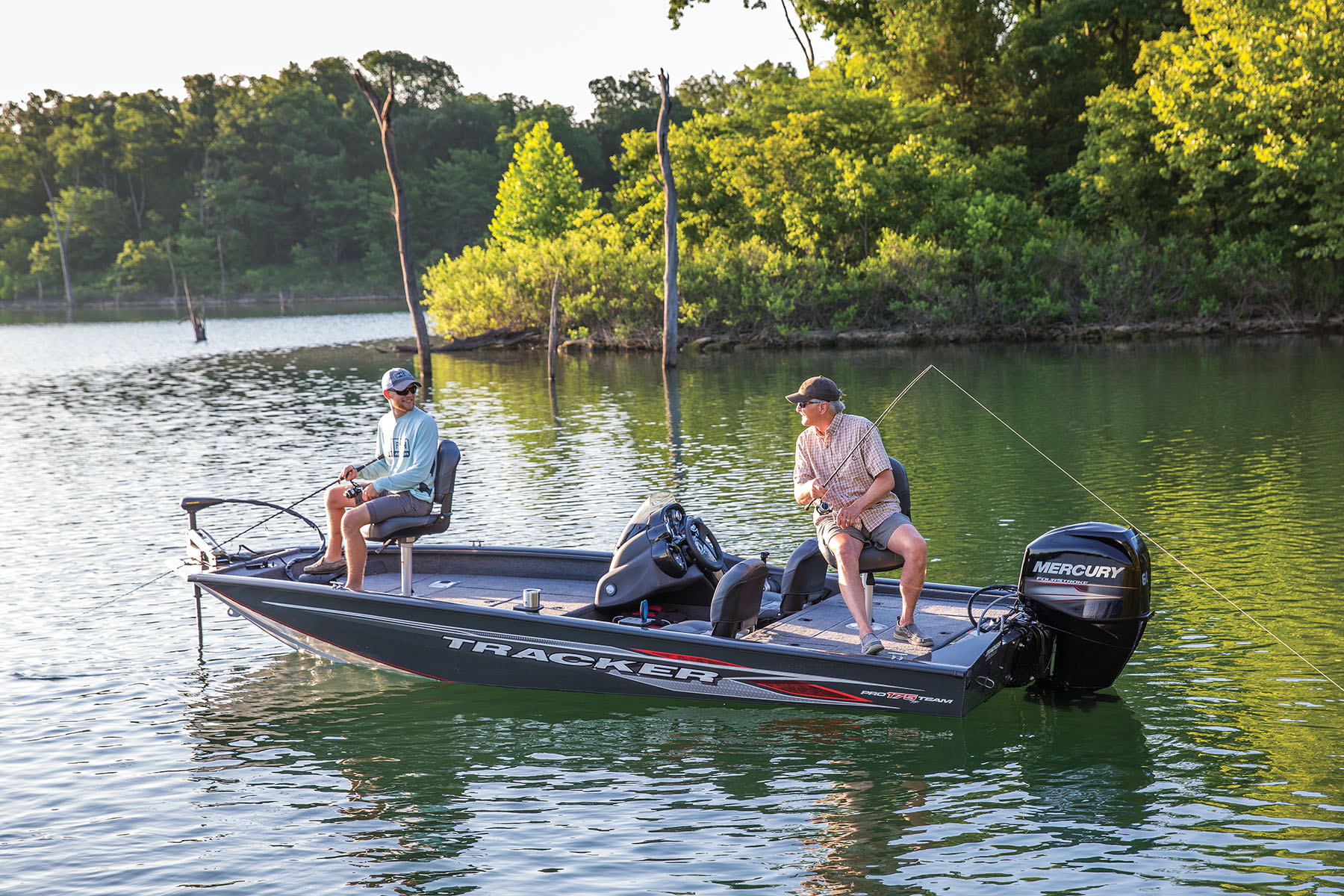What Should You Do if a Fire Breaks Out in the Front of Your Boat? Essential Steps for Safety
Boating is a popular recreational activity, offering a chance to relax and enjoy the beauty of nature. However, it also comes with its own set of risks and responsibilities.

One of the most important safety concerns for boat owners and operators is the possibility of a fire breaking out on board. In particular, a fire starting in the front of your boat presents unique challenges that require swift and decisive action to protect the safety of everyone on board.
To effectively handle such emergencies, it is crucial to have a strong understanding of the necessary immediate actions, fire containment strategies, safety measures, and evacuation processes.

Furthermore, proper communication during an emergency, along with knowledge of the aftermath and reporting procedures, plays a vital role in managing the situation. Finally, prevention and maintenance, as well as being prepared to answer frequently asked questions, ensure that you not only have the information you need, but also the means to share it with others.
Key Takeaways
- Know and implement immediate actions, fire containment strategies, and safety measures for fires in the front of your boat.
- Understand the importance of emergency communication, evacuation processes, and proper reporting in the aftermath of a fire.
- Prioritize prevention, maintenance, and education to reduce the risk of boat fires and be prepared to handle emergencies effectively.
Immediate Actions
Assess the Situation
When a fire breaks out on the front of your boat, it is crucial to remain calm and quickly assess the situation. Determine the extent of the fire and the potential risks it poses to all passengers onboard.
Make sure everyone is wearing life jackets and have them move to the safest part of the boat, usually the stern. If possible, turn the boat to face the wind, which will help prevent the fire from spreading.
Signal for Help
In an emergency like this, it is important to signal for help as soon as possible. Use your VHF radio to send out a distress signal, typically on channel 16, and provide your location and details about the fire.
If your boat is equipped with flares, smoke signals, or an EPIRB, use them to alert nearby boats and search and rescue teams.

Use Fire Extinguishers
Ensure you have fire extinguishers available on your boat, and that they are in proper working order. Familiarize yourself with the PASS method for using a fire extinguisher:
- Pull the pin
- Aim at the base of the fire
- Squeeze the handle
- Sweep the extinguisher from side to side
Quickly and effectively using fire extinguishers can help minimize damage and potentially save lives. Be sure to also follow any additional emergency procedures specific to your boat or recommended by the manufacturer.
Fire Containment
Cut Off Fuel Supply
The first step in controlling a boat fire is to cut off the fuel supply. Since gasoline and oil are highly flammable, it's essential to stop their flow to minimize the risk of the fire spreading.
If possible, shut down the engine to eliminate the ignition source. Disconnect all fuel lines that may be feeding the fire, and ensure all gas cylinders are switched off immediately (source).
Additionally, position the boat into the wind to help keep the fire from spreading to other areas of the boat (source).

Addressing Electrical Fires
Electrical fires are often caused by faulty wiring, overheated batteries, or short-circuiting connections. To address an electrical fire, begin by turning off the main power supply to the boat to eliminate the electrical source as quickly as possible.
Utilize a fire suppression system designed specifically for electrical fires, such as a CO2 or clean agent extinguisher. These specialized extinguishers do not leave residue which can damage delicate electrical components (source).
Notable precautions for the prevention of electrical fires include:
- Regularly inspect the wiring and connections on your boat for signs of wear or damage, and replace as needed.
- Ensure batteries are properly ventilated to prevent overheating.
- Make sure all electrical equipment is in good working order, and have repairs done promptly if necessary.
Safety Measures
Distribute Life Jackets
The first thing to do in case of a fire on your boat is to ensure everyone's safety by distributing life jackets to all passengers. Life jackets are essential as they help individuals stay afloat in the water, allowing them to safely evacuate the boat if necessary.
Make sure that each passenger has a properly fitting jacket, and instruct them on how to put it on correctly. In addition to life jackets, a PFD (Personal Flotation Device) may also be used for extra safety and buoyancy in case of emergencies.
Prepare to Abandon the Boat
As the fire continues to spread, it is vital to be prepared for the possibility of needing to abandon the boat. One of the key preparations would be to have a life raft ready and inflated near the designated evacuation area.
This will be crucial for safely evacuating all passengers and providing them with a stable platform to stay on until help arrives.
If possible, prepare a paddle so that the life raft can be maneuvered away from the burning boat and any potential hazards, like fuel spills, that may occur during the evacuation. It is also a good idea to have a pass (portable air, sea-signal) device that can be used to alert nearby vessels to your distress and location.
During the evacuation process, remain calm and organized, clearly communicating any instructions and procedures so that all passengers understand the situation and know what to do. Maintain control over the situation, and ensure everyone has their life jackets or PFDs on before leaving the boat.
Evacuation Process
Gather Passengers
In the event of a boat fire, the first priority is to ensure the safety of everyone on board. As soon as you notice the fire, alert all passengers and instruct them to gather at the stern of the boat, farthest from the flames. Make sure everyone is wearing their life jackets and follows the evacuation plan.
It's crucial to remain calm and collected during this process to avoid panic and chaos. Keep a headcount of all passengers, and clearly communicate instructions to them.
Boarding the Life Raft
After gathering the passengers at the stern, it's time to prepare to abandon the boat if necessary. Launch the life raft and ensure that it's secured to the boat with a painter line. This will prevent the raft from drifting away during the evacuation.
It is important to follow these steps when boarding the life raft:
- Inflate the raft: Ensure that the life raft is fully inflated and ready for boarding.
- Board youngest to oldest: Have the youngest and most vulnerable passengers board the raft first, followed by others according to their ability.
- Ensure proper seating: Instruct passengers to sit on the floor of the raft, with their backs against the sides and knees bent. This position provides stability and balance.
- Monitor the situation: Keep an eye on the fire, and be prepared to cut the painter line if it becomes too dangerous to stay connected to the boat. Remember, only cut the line as a last resort.
Emergency Communication
Send a Distress Call
In case of a fire on the front of your boat, it is crucial to send a distress call using your VHF marine radio.
The VHF radio is an essential tool in emergency situations. It can provide a direct line of communication between your boat and nearby vessels, marinas, or rescuers.
To send a distress call, follow these steps:
- Turn on your VHF radio and set it to channel 16.
- Press the distress button if your radio is equipped with one. If not, then you can manually transmit the call by pressing the "push-to-talk" button.
- Clearly state "MAYDAY, MAYDAY, MAYDAY" followed by your boat's name, its call sign, and the nature of the emergency (e.g., fire on the front of the boat).
- Provide your location, either by giving the latitude and longitude or by providing a description of your position relative to any well-known landmarks.
- Repeat the distress call until you receive a response.
Communicate with Rescuers
Once you have sent your distress call, make sure to keep the communication lines open.
Wait for a response, and once you receive one, be prepared to provide further information, such as the size and type of your boat, the number of people on board, and any injuries sustained.
Cooperate with the rescuers and follow their instructions.
As the situation develops, keep the rescuers updated on the status of the fire and how it is affecting your crew.
For example, if the fire is spreading, inform them so they can adjust their response plan accordingly.
Using your VHF marine radio effectively and efficiently will play a critical role in ensuring a faster and safer rescue operation.
Aftermath and Reporting
Seek Medical Assistance
After extinguishing the fire on your boat, the first priority should be to seek medical assistance for anyone who may have been injured.
Ensure that the first aid kit is readily accessible and that all passengers are accounted for.
If necessary, call for emergency services or contact nearby vessels for assistance.
It is crucial to address any burns, smoke inhalation, or other injuries immediately to prevent further complications.
File Insurance Claims
Once everyone is safe and any injuries have been addressed, it is time to assess the damage to your boat and file insurance claims.
It is essential to document the incident thoroughly, including photographs and detailed descriptions of the damage.
Contact your insurance company as soon as possible to initiate the claim process.
Keep track of all related expenses, such as towing, storage, and repairs, as these may be covered under your policy.
Be sure to cooperate with the insurance adjuster and provide any requested information in a timely manner.
Prevention and Maintenance
Perform Regular Inspections
Prevention is the key to avoiding fires on your boat.
Conduct regular inspections of all crucial systems, including fuel systems, wiring harnesses, and fire suppression systems.
Check for any signs of wear, damage, or corrosion that could potentially cause a fire.
Be vigilant about detecting fuel leaks, as they are one of the common causes of boat fires.
Ensure that smoke alarms and smoke detectors are installed and functioning correctly.
Make sure to equip your boat with marine fire extinguishers, stored within easy reach and marked clearly. Regularly check their pressure gauges and expiration dates to guarantee they are in working order.
Conduct Fire Drills
Familiarize yourself and your crew with emergency procedures, operational safety protocols, and the use of marine fire extinguishers.
Conduct fire drills periodically to ensure everyone on board knows how to respond in case of a fire.
Practice stopping the boat, heading downwind, and putting on life jackets swiftly and efficiently.
In addition, go over the process of extinguishing a fire using the acronym PASS: Pull the pin, Aim towards the base of the flame, Squeeze the handle, and Sweep from side to side.
Frequently Asked Questions
What are the initial steps to take when a fire occurs on your boat?
If a fire breaks out on your boat, it is essential to act quickly.
Alert all passengers immediately and instruct them to put on life jackets.
Turn off the engine and fuel supply and position the boat so that the fire is downwind ^(1^).
Ensure that all passengers are safely away from the flames and smoke.
How can you effectively extinguish a boat fire?
Extinguishing a boat fire depends on its location.
For fires in the engine compartment, use a fire suppression system or proper extinguishing agents such as foam, CO2, or clean agent extinguishers.
For fires in the cabin, use dry chemical extinguishers ^(2^).
Aim the extinguisher at the base of the fire and sweep it side to side to cover the entire area.
Which safety protocols should be followed during a boat fire?
During a boat fire, prioritize the safety of everyone on board.
Ensure that all passengers are wearing life jackets and are at a safe distance from the fire.
Position the boat so that the fire is downwind, and turn off the engine and fuel supply to minimize the risk of spreading the fire ^(3^).
What equipment should you use to combat a fire aboard a boat?
To combat a fire on a boat, use fire extinguishers suitable for the type of fire.
Dry chemical extinguishers are effective for cabin fires, while foam, CO2, or clean agent extinguishers are suitable for engine compartment fires ^(4^).
Additionally, having a fire suppression system installed in the engine compartment can help control and extinguish fires more effectively.
What preventive measures can reduce the risk of a fire on a boat?
Regular maintenance checks, ensuring proper fuel and electrical systems, and keeping flammable materials stored safely can help reduce the risk of a fire on a boat.
Moreover, having functional fire extinguishers on board and knowing their proper use is crucial in fire prevention and control ^(5^).
In the event of a boat fire, how should passengers be safely evacuated?
In case of a boat fire, passengers should gather at a safe distance from the flames and wear life jackets.
If the fire is uncontrollable and the boat needs to be evacuated, instruct passengers to enter the water safely, using a ladder or other means if available.
Ensure that everyone stays close to the boat and remains calm until help arrives ^(6^).
Charlie is Editor-in-Chief of Sea Magazine







